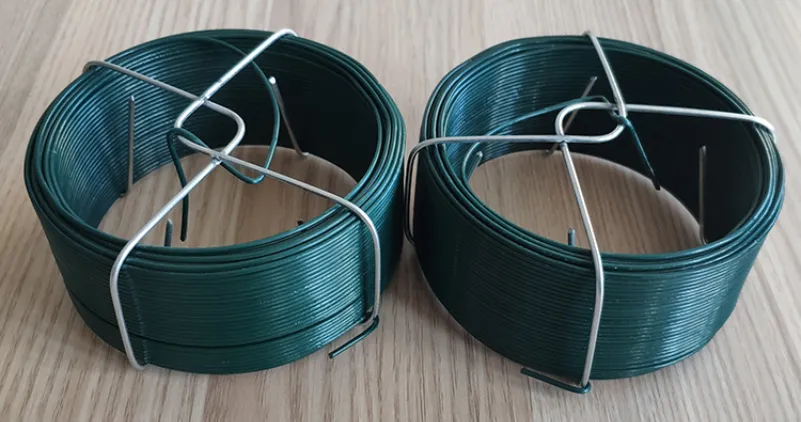-
 Phone:
Phone: -
 Email:
Email:

Different Varieties and Applications of Barbed Wire for Fencing and Security
Different Types of Barbed Wire An Overview
Barbed wire is a type of fencing material that has been widely used for agricultural, security, and military purposes. Its design, featuring sharp points or barbs, serves as a deterrent to animals and potential intruders. Over the years, various types of barbed wire have been developed to meet different needs and conditions. In this article, we will explore the most common types of barbed wire, highlighting their unique features and applications.
1. Standard Barbed Wire
The most recognizable form of barbed wire is the standard type, often used in farms and ranches. This wire typically consists of two strands of wire twisted together with sharp barbs spaced evenly along their length. Standard barbed wire is mainly used for creating fences that keep livestock contained and act as a barrier to unauthorized access. Its durability and effectiveness make it a popular choice for agricultural purposes.
2. Double-Stranded Barbed Wire
As the name suggests, double-stranded barbed wire features two twisted strands, which enhances its strength and resistance to cutting. This type is particularly useful in applications where higher security is needed, such as around prisons, military bases, or high-security facilities. The additional strand and barbs provide an extra layer of protection, making it much harder for intruders to breach the fence.
3. Razor Wire
Razor wire, also known as concertina wire, is a modern evolution of traditional barbed wire. Instead of the simple barbs seen in standard wire, razor wire features razor-sharp blades that can inflict severe cuts. This type of fencing is often used in high-security environments, including correctional institutions and military installations, due to its formidable appearance and effectiveness in deterring trespassers. Razor wire is typically coiled in a spiral, adding to its menacing presence.
4
. Electric Barbed Wiretypes of barbed wire

Electric barbed wire combines the deterrent capabilities of traditional barbed wire with an electric shock system. This type is often used in more secure environments where traditional fencing may not suffice. The electric charge gives an unpleasant or painful shock to anyone attempting to climb over or cut through the fence, further discouraging trespassers. Electric barbed wire is frequently found in farms, residential properties, and security-sensitive areas.
5. Coated Barbed Wire
Coated barbed wire is designed to resist corrosion and damage from harsh weather conditions. This type of wire is typically coated with materials such as plastic or vinyl, providing a protective layer that extends the wire's lifespan. Coated barbed wire is popular in areas with high humidity, precipitation, or where chemical exposure is likely. It combines durability with a less aggressive appearance, making it suitable for residential areas or gardens.
6. Temporary Barbed Wire
Temporary barbed wire is a lightweight and easy-to-assess type often used in construction sites, agricultural settings, or during specific events that require controlled access. This wire can be quickly installed and removed when needed. It is useful for marking boundaries and keeping animals or people out without the investment of permanent fencing.
7. Barbed Tape
Barbed tape is a type of fencing that incorporates barbed wire with additional tape material. This type is designed for high-security environments where enhanced visibility and deterrence are needed. Barbed tape may be affixed to existing fences or structures, adding an extra layer of security without the need for extensive construction.
Conclusion
Barbed wire has proven to be an essential tool in various applications, from agriculture to security. The different types—standard, double-stranded, razor wire, electric, coated, temporary, and barbed tape—each bring unique benefits to the table. When choosing the appropriate type of barbed wire, it is crucial to consider the specific requirements of the area to be secured, including factors such as the level of security needed, environmental conditions, and the potential threats faced. By understanding the various types of barbed wire available, one can make more informed decisions to ensure effective fencing solutions.
-
Wire Mesh for Every Need: A Practical SolutionNewsJul.25,2025
-
Steel Fences: Durable, Secure, and Stylish OptionsNewsJul.25,2025
-
Roll Top Fencing: A Smart Solution for Safety and SecurityNewsJul.25,2025
-
Cattle Farm Fencing Solutions for Maximum SecurityNewsJul.25,2025
-
Affordable Iron Binding Wire SolutionsNewsJul.25,2025
-
Affordable Galvanized Wire SolutionsNewsJul.25,2025
-
Wire Hanger Recycling IdeasNewsJul.25,2025








